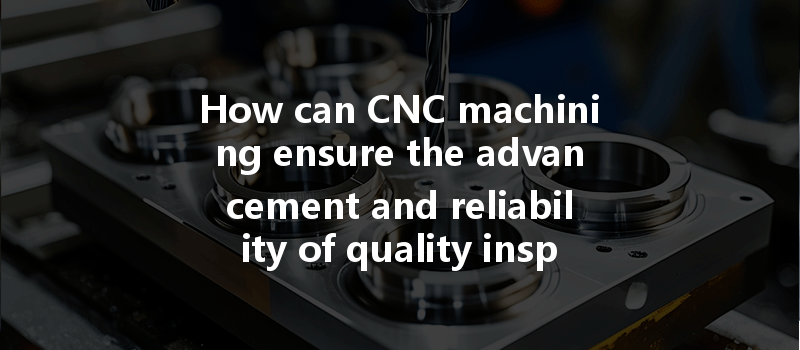Did you know that the global market for CNC (Computer Numerical Control) machining is projected to exceed $100 billion by 2025? This staggering figure underscores the rapid evolution and integral role of CNC machining in various industries, particularly in manufacturing quality inspection equipment. In this blog, we’ll delve into how CNC machining is essential for the advancement and reliability of quality inspection equipment.
The Importance of Quality Inspection Equipment
Quality inspection equipment is a critical component of any manufacturing process. It ensures that parts meet specific standards and function as intended, ultimately affecting product safety, reliability, and marketability. When we consider industries like aerospace, automotive, and medical devices, the stakes are even higher, as defects can lead to catastrophic failures. Therefore, implementing advanced quality inspection methods through CNC machining not only ensures compliance with standards but fosters a culture of continuous improvement.
Advancements in CNC Machining
CNC machining has come a long way in terms of technology and capabilities. Initially limited to simplistic operations, today’s CNC machines can perform complex tasks with incredible precision. They can automate processes such as milling, turning, drilling, and grinding, drastically reducing human error.
Ensuring Reliability through CNC Machining
To ensure that quality inspection equipment performs reliably, several strategies can be implemented through CNC machining techniques:
Selecting the right materials for quality inspection equipment is fundamental. Materials must not only possess the necessary mechanical properties but also withstand environmental stresses. Commonly used materials include:
Choosing high-quality raw materials is critical, as lower-grade materials can degrade performance over time, leading to inaccuracies in measurements.
Implementing best practices in CNC machining is essential to maintaining reliability. Here are some critical techniques:

Regular calibration of CNC machines is non-negotiable for ensuring the reliability of quality inspection equipment. Systems should include:
Strict adherence to documented processes and certifications ensures the reliability of quality inspection equipment produced through CNC machining:
Case Studies: Successful CNC Machining in Quality Inspection
Case Study 1: Aerospace Industry
A leading aerospace manufacturer implemented multi-axis CNC machining to produce sophisticated inspection equipment used for aircraft component testing. By integrating IoT technology for real-time analytics, they achieved a 30% increase in inspection speed while minimizing human error and material waste.
Case Study 2: Automotive Sector
An automotive parts supplier faced challenges with traditional quality inspection methods that led to increased reworks. By upgrading CNC machining processes and utilizing advanced materials, the supplier reduced defect rates by 45%, directly contributing to improved reliability in the final products.
The advancement and reliability of quality inspection equipment are tightly woven into the fabric of CNC machining technologies and techniques. By incorporating precise machining methods, advanced material selection, thorough calibration, and adhering to quality certifications, manufacturers can create inspection solutions that thrive in rigorous industries.
As we conclude, it’s altogether clear that the implications of CNC machining extend beyond mere component production. Quality inspection equipment is fundamental to maintaining product reliability, safety, and efficacy. As industries evolve and new challenges emerge, embracing the innovations in CNC machining will be more crucial than ever.
While the world continues to advance, the reliability of the systems we engineer remains a cornerstone of successful manufacturing. Businesses that invest in modern CNC technologies not only benefit from cost efficiencies but also position themselves as leaders in quality assurance—the very lifeblood of manufacturing excellence.






